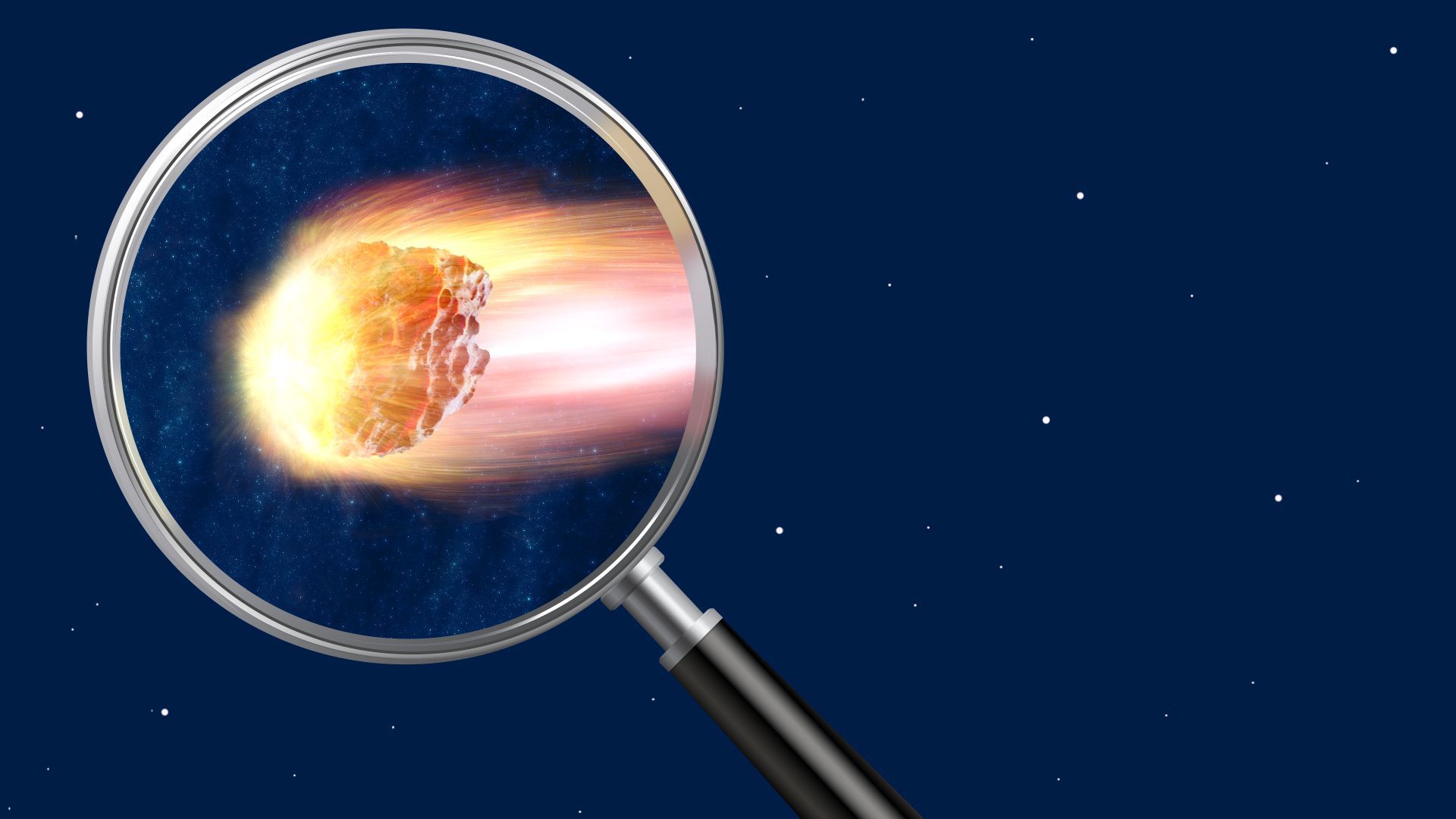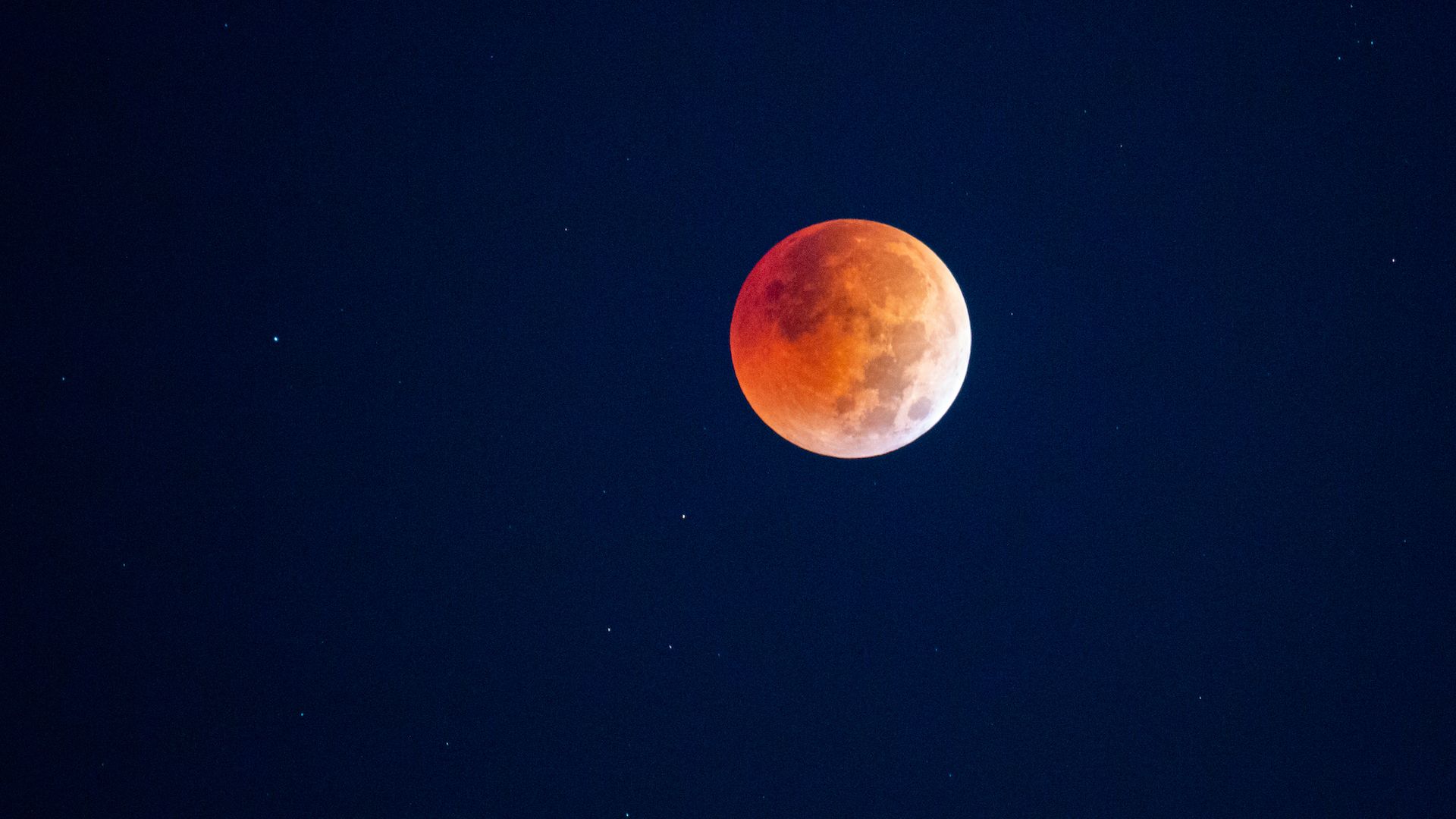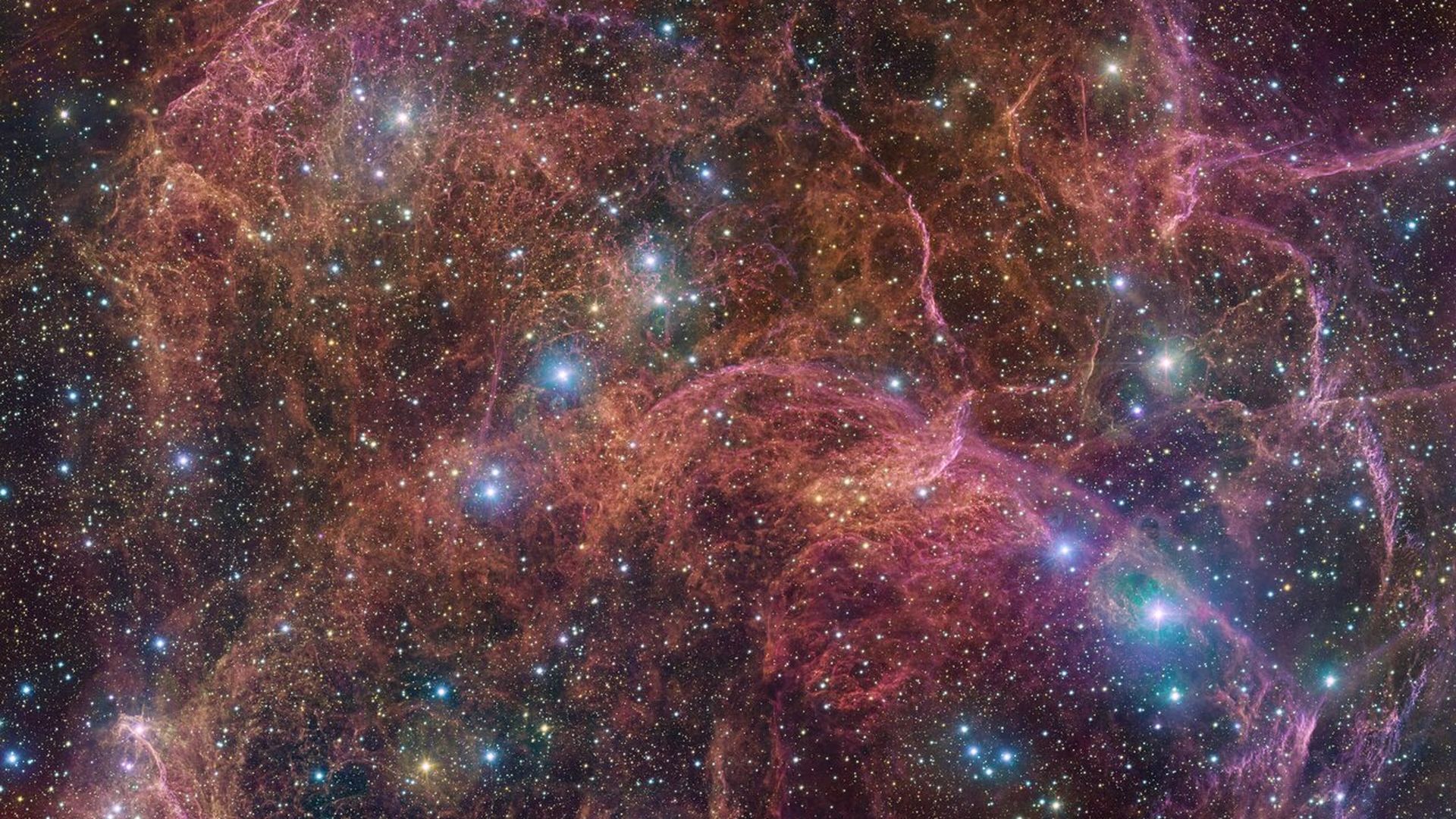| | | | | | | Presented By Raytheon Intelligence & Space | | | | Axios Space | | By Miriam Kramer · Nov 08, 2022 | | Thanks for reading Axios Space. At 1,501 words, this newsletter is about a 5½-minute read. - Please send your tips, questions and new meteor showers to miriam.kramer@axios.com, or if you received this as an email, just hit reply.
| | | | | | 1 big thing: Meteor showers rain clues about the solar system |  | | | Illustration: Annelise Capossela/Axios | | | | Hundreds of years after meteor showers were first observed, these cosmic spectacles are still delivering scientific clues to researchers on Earth. Why it matters: Meteors bring information about their parent asteroids and comets, which carry evidence of the solar system's history and help scientists to study the origins of Earth and other planets. - Understanding meteor showers also allows space agencies and companies to keep their spacecraft in orbit safe by knowing more about the environment that surrounds them.
- Rocks and dust can impact satellites at high speed, potentially damaging them or taking them out of service altogether.
What's happening: November and December are banner months for annual meteor showers, and scientists around the world will be keeping an eye on these shooting stars. - The Taurid meteor shower is ongoing, and the Leonid meteor shower is expected to peak mid-month.
Each meteor shower has different characteristics. - "Taurids produce a lot of fireballs, not because they're fast but because they're more pebble- and baseball-sized. Whereas the Leonids are fast, extremely fast, but they're specks of dust," NASA astronomer Bill Cooke tells Axios.
- Fireballs are defined as meteors that appear about as bright or brighter than Venus in the night sky.
- The Geminid meteor shower — often one of the best of the year — will peak in mid-December, bringing bright fireballs to dark skies.
How it works: Researchers use powerful radar systems around the world to survey the sky for meteors. - Some of those radar systems run 24/7, but other, more specialized and powerful instruments that can pick up on extremely small meteors only operate for a short amount of time because of the cost to run them.
- Citizen scientists with their own backyard cameras also contribute important data to the field, Quanzhi Ye, an astronomer at the University of Maryland College Park, tells Axios. Those contributions can include information about the frequency and timing of meteors.
- "You don't need to have a million-dollar lab in order to do meteor observations," Ye said. "Sometimes you can just use your eye or just spend like a few hundred dollars and build your own cameras."
The big picture: Meteor showers happen when the Earth passes through trails of debris left behind by comets and asteroids. - The planet reliably crosses paths with some of these debris trails at the same time each year. Other meteor showers are random occurrences, depending on what new comets and asteroids have passed through Earth's orbit at any given time.
- By tracking the streak of a meteor, measuring its speed, its brightness and even picking apart its color, scientists are able to learn more about the asteroid or comet that left behind that dust and rock without ever having to visit it directly.
Zoom in: Meteor science is still challenging long-held ideas about the solar system's formation. - A fireball observed over Canada in 2021 came from a part of space thought to be populated by icy comets.
- But when scientists observed the streaking meteor, they found it had the qualities of a rocky object, challenging theories for how our solar system evolved.
The intrigue: A new study in the Astrophysical Journal suggests a 2014 fireball was actually an interstellar object. - Scientists are also searching for other possible interstellar meteors, hoping to uncover more objects like these.
- Finding interstellar meteors would allow scientists to learn more about other solar systems and the objects within them without sending a mission out to visit one.
What to watch: Meteor shower science is a small scientific field, and many meteor scientists are focusing on reanalyzing research that was done decades ago by applying new techniques to see what earlier researchers might have missed. - "Worldwide, there are about 100 of us," Cooke adds. "A lot of our knowledge is based on work that was done in the '50s and '60s, and we're not really sure how good it is."
- For example, scientists are able to see far more high-speed meteors now than in the past by correcting for an instrument issue that made it harder to see these types of meteors in earlier years.
|     | | | | | | 2. Awaiting Artemis |  | | | Artemis arriving at its launch pad on Nov. 4. Photo: NASA/Kim Shiflett | | | | NASA's Space Launch System Moon rocket is back on the pad and set for its next uncrewed launch attempt on Monday. Why it matters: This launch will be the first flight for the SLS, a rocket designed to one day bring astronauts back to the surface of the Moon for the first time in decades as part of NASA's Artemis program. What's happening: Multiple attempts to launch this flight of the SLS have been scuttled in the past few months due to technical issues and weather, including Hurricane Ian, which forced the rocket back to its hangar in September. - NASA rolled the SLS back out to its pad on Friday and plans to launch the rocket on Monday at 12:07am ET from Cape Canaveral, Florida.
- You can watch the launch via NASA TV starting at 9:30pm ET Sunday.
How it works: This test launch of the SLS and Orion crew capsule is expected to prove out many of the systems needed to eventually bring people to the Moon. - NASA is targeting 2025 for the first Artemis lunar landing, but other key technical elements — like spacesuits and SpaceX's lunar lander — are also still in the process of being built and tested.
What to watch: The weather is a potentially big concern for this launch. - Tropical Storm Nicole could bring high winds and flooding to the Cape Canaveral area on Wednesday into Thursday, before Monday's launch attempt.
- So far, NASA officials have decided to keep the rocket at the pad.
💬 Thought bubble via Axios' Andrew Freedman: "Most computer model projections bring the storm ashore near Cape Canaveral, with the strongest winds to the north of the center. However, this storm will have a broad reach, with damaging winds extending across much of the Florida peninsula." - If NASA isn't able to launch on Monday, the space agency has backup opportunities on Nov. 16 and 19.
|     | | | | | | 3. A nearby black hole |  | | | Illustration: Eniola Odetunde/Axios | | | | Scientists have found the closest black hole to Earth yet. Why it matters: The black hole is located about 1,600 light-years away, and it could help scientists learn more about the formation and evolution of these extreme objects. - Scientists estimate there are 100 million black holes in the Milky Way that are 5–100 times more massive than the Sun.
What they found: The black hole, named Gaia BH1, is thought to be 10 times more massive than our Sun, according to a new study set for publication in the Monthly Notices of the Royal Astronomical Society. - But Gaia BH1 is different from other black holes that feed off their companion stars. Instead, this black hole and its star are quietly hanging out together in their part of space.
- Other black holes found of this size pull in matter from the stars that orbit them and emit bright X-rays.
How it works: The team of researchers originally found the relatively nearby black hole in data from the Gaia spacecraft by tracking the movements of its stellar companion. - They then followed up with observations from the Gemini North telescope in Hawaii, allowing scientists to confirm the system looks like it's composed of a black hole and a star.
The intrigue: It's not actually clear how the Gaia BH1 system formed. - The star that collapsed and gave rise to the black hole must have been about 20 times more massive than the Sun, only living for a few million years, according to the new research.
- As the large star died on its way to becoming a black hole, it should have expanded, enveloping its companion star relatively early in its life before it could mature into a Sun-like star, but that didn't happen.
- "Theoretical models that do allow for survival all predict that the solar-mass star should have ended up on a much tighter orbit than what is actually observed," NSF's NOIRLab wrote in a release.
In other news... Last week, another team of researchers announced the detection of neutrinos sent out by a supermassive black hole shrouded in gas and dust at the center of a distant galaxy. - Read my colleague Alison Snyder's full story about the special particles.
|     | | | | | | A message from Raytheon Intelligence & Space | | Monitoring ocean biology from 22,000 miles up | | |  | | | | Around here, there's nothing everyday about every day. From the James Webb Space Telescope to next-generation GPS constellations to global climate monitoring, Raytheon Intelligence & Space is creating solutions that make the world smarter, safer and more connected. Join our team. | | | | | | 4. Out of this world reading list |  | | | The total lunar eclipse this week. Photo: Lauren Owens Lambert/Anadolu Agency via Getty Images | | | | ⭐️ Remnants of the oldest known solar system discovered just 90 light-years from Earth (Keith Cooper, Space.com) 🚀 Rocket Lab launches Swedish satellite, fails to catch booster (Jeff Foust, SpaceNews) 🌕 Blood Moon photos 2022 (Amudalat Ajasa, Washington Post) 🛰 Solar panel trouble on cargo capsule bound for space station (Marcia Dunn, AP) |     | | | | | | 5. Weekly dose of awe: Death of a giant star |  | | | Photo: ESO/VPHAS+ team. Acknowledgement: Cambridge Astronomical Survey Unit | | | | The remains of a dead star are on display in this new image taken by a telescope in Chile. - This web of gas and dust was left behind when a huge star expanded and exploded as a supernova 11,000 years ago, according to the European Southern Observatory.
- "These explosions cause shock waves that move through the surrounding gas, compressing it and creating intricate thread-like structures," the ESO wrote in a description. "The energy released heats the gaseous tendrils, making them shine brightly, as seen in this image."
|     | | | | | | A message from Raytheon Intelligence & Space | | Tracking incoming asteroids | | |  | | | | Around here, there's nothing everyday about every day. From nanosatellites to ground stations to cyber technologies you can only imagine, Raytheon Intelligence & Space is looking for talent to push the boundaries of discovery across Earth, space and beyond. Join our team. | | | | Big thanks to Alison Snyder for editing and Sheryl Miller for copy editing, and to Annelise Capossela and Eniola Odetunde for the illustrations. If this newsletter was forwarded to you, subscribe. ☄ |  | | Are you a fan of this email format? It's called Smart Brevity®. Over 300 orgs use it — in a tool called Axios HQ — to drive productivity with clearer workplace communications. | | | | | | Axios thanks our partners for supporting our newsletters. If you're interested in advertising, learn more here.
Sponsorship has no influence on editorial content. Axios, 3100 Clarendon Blvd, Arlington VA 22201 | | | You received this email because you signed up for newsletters from Axios.
Change your preferences or unsubscribe here. | | | Was this email forwarded to you?
Sign up now to get Axios in your inbox. | | | | Follow Axios on social media:    | | | | | |
No comments